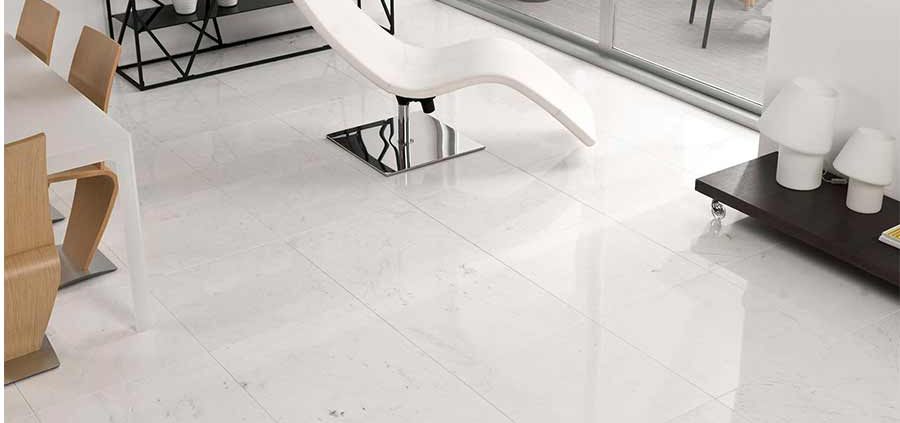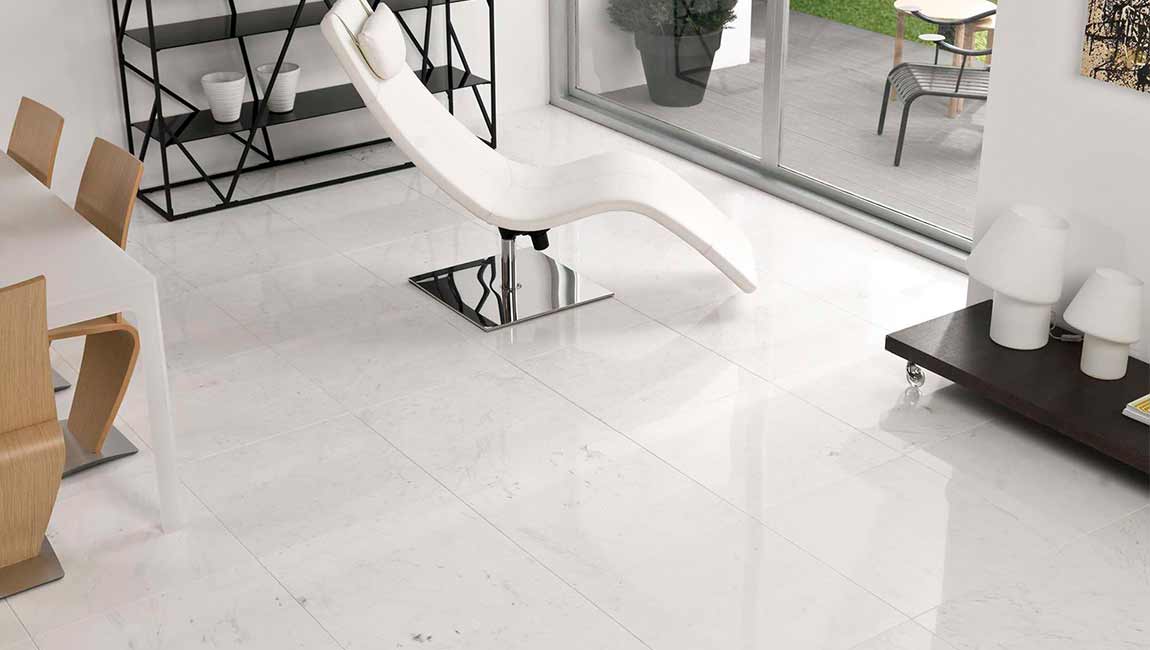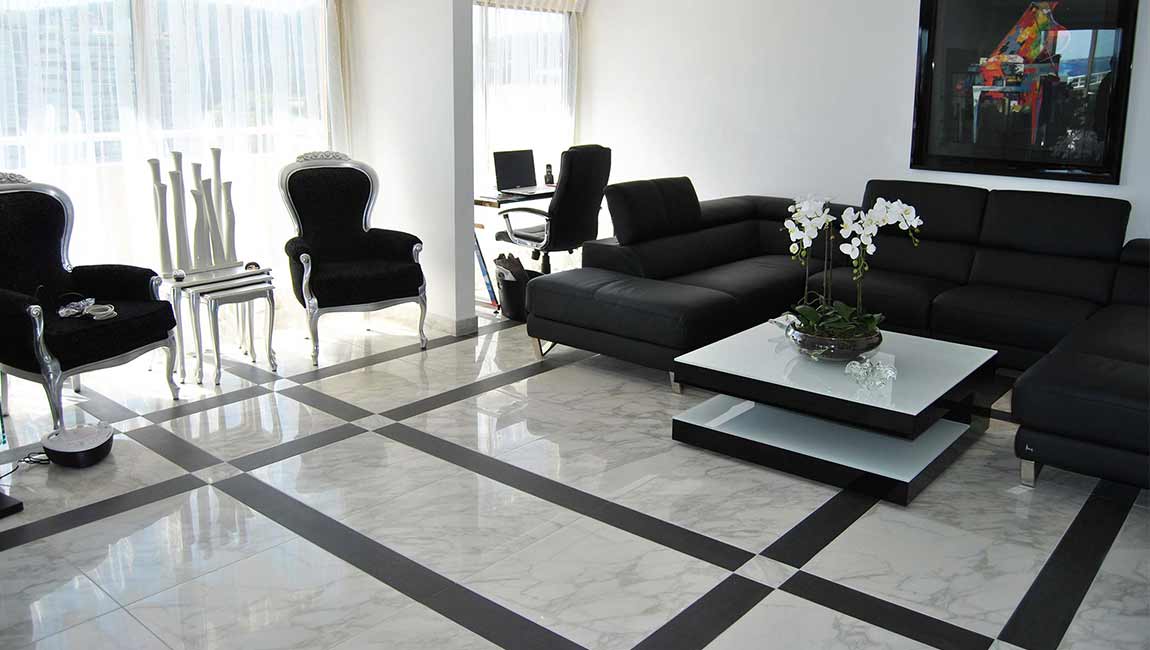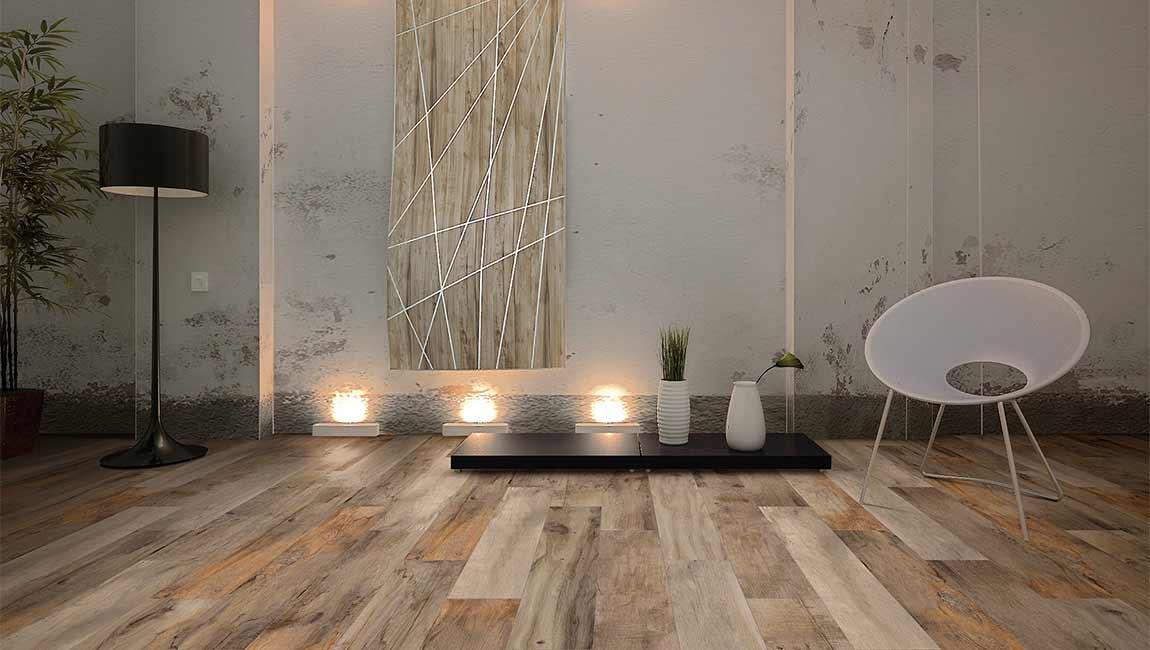How to Stain You Floor Tiles?
Work out how much stain or paint you will need. Measure the area that you want to cover in sections. This will give you an idea of how much you need to purchase and prevent you from buying too much or too little. Multiply the length and height of each section and divide the product by 12. The total should give you the exact amount of stain needed to cover the entire area in litres.
Use masking tape on areas that you want to avoid. Staining ceramic tiles is a very meticulous process that yields long lasting results. It is recommended that you prevent getting any stain or paint on places where you do not want it. Applying masking tape along the edges of the area that you want to stain will also help you achieve clean and crisp lines.
You can also use masking tape on grout lines if you do not want to stain them. This can be a very tedious task, but often the end result will be worth the effort. Clean the area thoroughly. This is the most important step when preparing your ceramic tiles for staining. Make sure that the area that you want to stain is free of dirt, grease and soap scum. You might have to use stronger cleaning products for more stubborn stains.
Having a clean surface before starting the staining process is important to avoid any build up of old bacteria from affecting the new stain. Use a cloth or cleaning brush to scrub the floor tiles in a circular motion. Aim to remove as much debris as possible then wait for the tiles to dry before moving on to the next step.
Scrub the tiles lightly with sand paper. Sanding the cement tiles is essential for bonding the primer and the stain. It will also improve the overall finish of the stain and ensure that the wall tiles are nice and smooth after staining. Use 180 to 200 grit sand paper and remove as much shine from the tiles as you can. Rinse off any dust particles and debris created from sanding and allow the small tiles to dry.
Use primer made for ceramic surfaces. The primer will help the stain or paint to stick better and last longer. Stir the primer before applying it on the tiles to make sure that it has not settled. Apply the primer in even coats using a roller brush, making smooth up and down strokes. Work through small sections at a time until you have covered the entire area.
Allow 2 to 4 hours for the initial coat of primer to dry before applying another coat using the same procedure. Try to find a primer that also has protective properties for your ceramic tiles. Some primers that are available on the market can protect tiles from mould and fungus.







